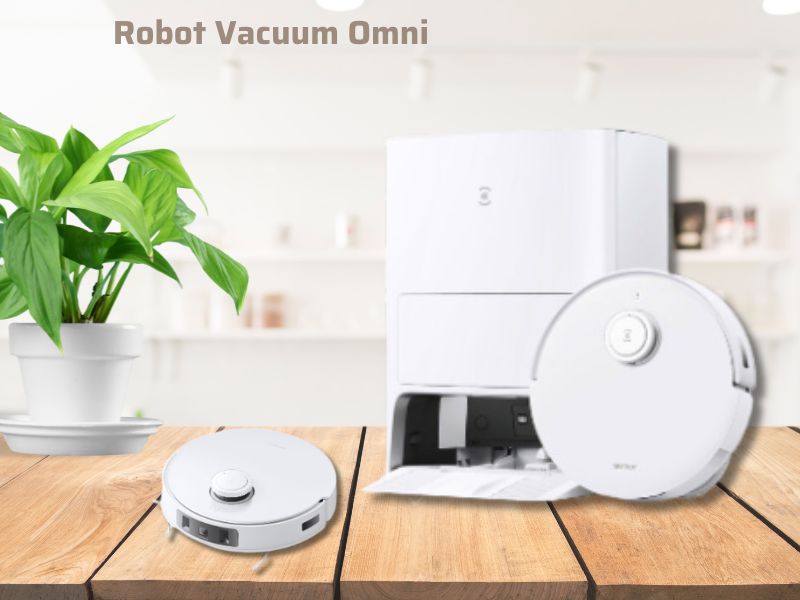A research team at Northwestern University (NU) has successfully developed a soil-powered energy-harvesting battery, a significant breakthrough with the potential to efficiently supply energy to underground sensors used in smart agriculture. This innovative battery not only helps minimize waste in the energy sector but also demonstrates high durability and adaptability to various environments.

Key Features:
- Compact Size: The battery, equivalent to the size of a small book, is optimal for integration into underground sensors without significant hindrance.
- Energy from Microbial Activity: The battery harnesses energy through the soil’s microbial degradation process, efficiently utilizing the available energy source in the environment.
Environmental Resilience:
- High Durability: The battery is designed with high durability, ensuring stable operation over an extended period.
- Water-Resistant: Utilizing carbon fabric for the anode and inert metal for the cathode, the battery is water-resistant and maintains functionality after being submerged.
Applications in Smart Agriculture:
- Potential for Increased Productivity: Provides a stable energy source for underground sensors in smart agriculture, aiding in the efficient monitoring and management of agricultural environments.
- Waste Reduction: Develops a sustainable energy solution, supporting the goal of waste reduction in the energy and agriculture sectors.
Northwestern University’s soil-powered energy-harvesting battery holds promise as a significant driver for the advancement of smart and sustainable agriculture. With its ability to withstand harsh environmental conditions, it constitutes a substantial contribution to progress in the fields of energy and agriculture.
Note: This article utilizes information, images from Northwestern University.




hello there and thank you for your information – I’ve certainly picked up anything
new from right here. I did however expertise a few technical issues
using this web site, as I experienced to reload the site a lot of times
previous to I could get it to load properly.
I had been wondering if your web host is OK? Not that I am
complaining, but slow loading instances times will sometimes affect your placement in google and could damage your high-quality score if
ads and marketing with Adwords. Well I’m adding this RSS to my e-mail and can look out for much more of your respective fascinating content.
Make sure you update this again very soon..
Thank you for your sharing. I am worried that I lack creative ideas. It is your article that makes me full of hope. Thank you. But, I have a question, can you help me?